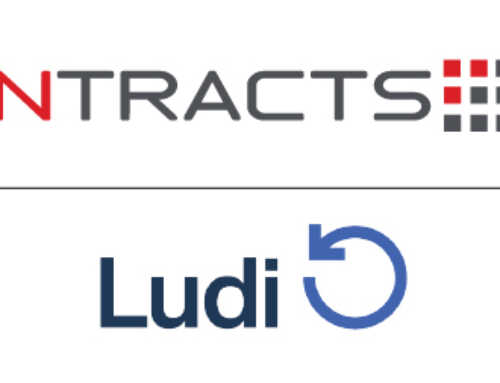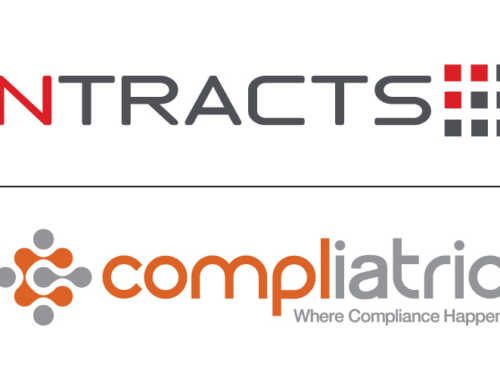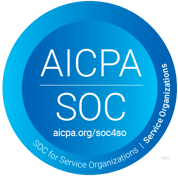In the ever evolving landscape of healthcare contract lifecycle management, the second stage of developing a CLM process marks a pivotal moment for organizations as they transition from the “Initial or Ad Hoc Approach” to a more structured and centralized process. Welcome to Stage 2 of a healthcare organization’s CLM journey: “Awareness and Centralization”
At this stage, healthcare organizations undergo a transformative shift in perspective. They not only recognize the critical importance of effective contract management but actively work towards centralizing the process. This involves adopting and communicating a contract management process and policy, designating an individual responsible for contract management or forming a dedicated team to oversee the entire lifecycle of contracts.
Key Milestones in Awareness and Centralization:
- Establishment of Policies: Organizations should draft and implement clear signature authority and contract management policies. These policies can stipulate, for example, that all contracts must be sent to a designated department or individual for centralized tracking. No matter the policy, establishing and documenting them is a way to ensure a standardized approach to contract oversight.
- Education and Communication Plan: The Education and Communication Plan should include cross-departmental initiative to educate stakeholders about the importance of effective contract management and the upcoming changes in the process. This can involve workshops, training sessions, and clear communication channels to ensure everyone is on the same page.
- Centralized Contract Repository: Once established, contracts should no longer be scattered across various departments or hidden in disparate systems. Instead, organizations should have implemented a centralized repository for managing contracts, often facilitated by a trusted contract lifecycle management software partner. This repository becomes the go-to source for accessing contracts and supporting documentation, as well as for accessing and tracking vital contract data and information.
Communication and Cultivating Awareness:
Perhaps the most crucial milestone in this stage involves cultivating awareness across the department heads and key stakeholders. After transitioning from the initial/ad hoc stage, healthcare organizations should begin to work toward establishing a strong education and communication plan. This becomes paramount to CLM buy-in, adoption, and support which is a key driver of success for your CLM platform. Key stakeholders, from department heads to contract managers to end users, need to understand the significance of the shift that the organization is making in their contract lifecycle management process and solution, and they need to be educated on the benefits this will bring.
Look to your CLM platform to provide training materials to support your educational efforts and goals.
Establishing and Documenting Policies:
Stakeholders will quickly be able to understand the value of a functional CLM solution for themselves once they see, first-hand, the many benefits it brings to their roles and departments directly. In order for that to take place in the coming months, conversations need to be held and documented regarding established policies, namely a contract management policy and a contracting policy.
Though these two policies are related, there are distinct differences between the two. A contract management policy includes specifics on how you’re going to manage agreements. For example: Who’s going to be responsible for each agreement?, What actions are required once the responsible person starts getting notifications of upcoming expiration dates? And so on.
The process of documenting these policies, not only brings awareness and education to the new CLM solution, but also builds the foundation for the standardization and automation stage.
It’s important that all employees across the organization are aware of organizational polices, even if they are not directly responsible for contracts.
Don’t Boil the Ocean
Understanding that you’re still in the early stages of developing your CLM process should help you and your team preserve your energy and keep going even if it seems like you’re not accomplishing enough.
The Ntracts team advises that clients don’t try to do everything at once (“boiling the ocean”), this is the stage at which we learn what’s most important to you and what pain points are top of mind, Then, our implementation team plots out your specific CLM roadmap with manageable milestones for determining what data points to track and what not to track. Beyond our core data points to track for long-term success, we also partner to recommend what additional tracking or notifications should be implemented so that departmental stakeholders can manage and interact with the CLM appropriately. This leads to greater visibility, assurance that compliance is being maintained and risk mitigated, as well as leading to identifiable and realized Return on Investment.
Our proven implementation process ensures a positive and successful implementation that fosters buy in, rather than burn out.
Standard Datapoints include:
- Parties to the Agreement
- Effective Date
- Expiration Date
- Status
- Auto Renewal Clauses and Provisions
- Termination / Out Clause
- Contract Execution
Without a dedicated CLM solution, organizations must meticulously track contractual dates via spreadsheets or calendar notifications to mitigate financial and regulatory risks.
Realizing Cost and Efficiency Savings:
Upon implementing a CLM platform, healthcare organizations commonly report significant savings. These savings stem from various avenues:
- Contract Consolidation (Often equating to 10% of the total contract value when eliminating duplicate vendors and results in even more savings when total purchase power can be leveraged due to contract consolidation.)
- Monitoring Volume Sensitive Provisions (Results in savings of 3-5% of the contract value.)
- Efficiency Gains and Comprehensive Reporting
Beyond cost savings, a CLM introduces efficiency gains by reducing administrative and manual time managing contracts. A CLM solution supports tracking key data points across different departments and contract types. Furthermore, automated notifications and comprehensive reporting capabilities provide insights into critical metrics such as expiration dates, auto-renewals, and termination clauses.
CLM solutions are no longer merely a nice-to-have luxury; they are a necessity and a powerful solution that healthcare organizations can wield to dive tangible value. The examples above are just a few of the many returns on investment that organizations can expect from a robust, modern CLM solution such as Ntracts.
Why Centralization Matters:
This stage is not just about internal housekeeping; it’s a strategic move towards efficiency and cost-effectiveness. For example, one common outcome following contract gathering and consolidation efforts, across disparate and ad hoc contract management systems and across entities within the healthcare systems, is cost savings. Once consolidation occurs, clients realize an average of 25% in savings.
Centralization through a single CLM serves as the organization’s source of truth for contracts. Beyond the financial benefits, a healthcare-focused CLM offers specialized features and best practice guidance tailored to the unique complexities of healthcare contracting.
Conclusion:
The “Awareness and Centralization” stage is a critical juncture in the CLM journey for healthcare organizations. By recognizing the importance of this stage and investing in a CLM solution built for the healthcare industry, organizations position themselves for not only financial savings but also enhanced efficiency and increased compliance.
Subscribe now so you don’t miss the next stage in this journey. In our next blog, we will delve into Stage 3: “Standardization and Automation”, where organizations take further strides toward optimizing their contract management processes. Follow Ntracts on LinkedIn or subscribe now, for more insights and guidance.
Subscribe to get the latest updates from Ntracts.



